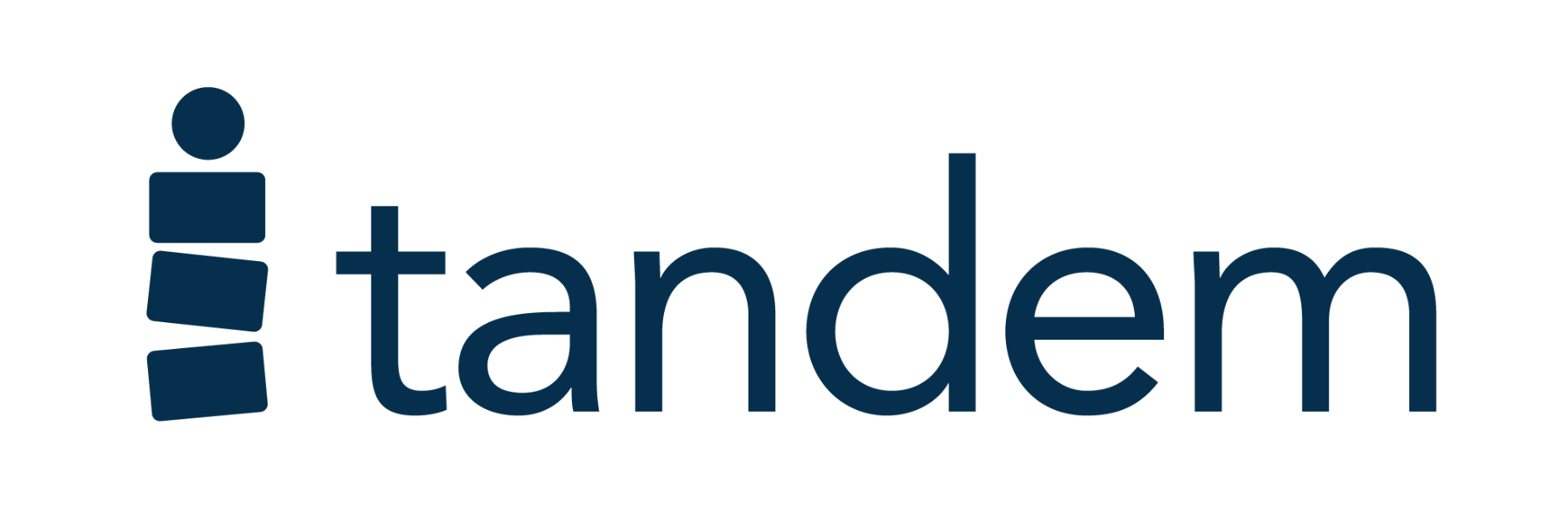
Child Care Programs
Workers
Resources
Center Sign Up
Exciting news! We're live in North Carolina.
Learn More

Every child care director knows how costly turnover can be — but burnout doesn’t happen overnight. The good news? Teachers often tell us what they need long before they reach the point of walking away.
At Tandem, we work with thousands of teachers every year. Our platform isn’t just a tool for staffing — it’s also a channel for worker-side feedback, giving us a unique inside view into what motivates teachers to stay in the field and what discourages them. Our most recent end-of-year teacher survey reinforced the themes we see every day.
The feedback is clear:
Burnout shows up in small ways: schedule change requests, dips in classroom energy, or comments about stress and finances. These signals are easy to miss — and easy to ignore when the day-to-day rush takes over. But letting these trends go unaddressed for too long only makes them worse.
And the stakes are high: national data shows annual turnover in early childhood education averages between 25–40%, one of the highest rates of any field. The cost of replacing a single teacher — recruiting, onboarding, lost continuity with families — is significant. Early detection and intervention around burnout can pay off many times over by extending the tenure of great staff.
Administrators can change the trajectory by offering candid, fast feedback as soon as patterns appear. When staff feel seen and supported, the conversation itself can help reverse burnout trends. Delaying the conversation, on the other hand, can make employees feel overlooked and undervalued.
Trust grows when feedback is transparent and two-way:
These conversations require time and care, but they yield one of the highest ROIs in child care operations: keeping experienced teachers in place longer, reducing the need for constant rehiring, and strengthening relationships with children and families.
Feedback conversations aren’t just about preventing burnout. They’re also an opportunity to reinforce what teachers say motivates them most:
Many centers utilize substitutes to prevent teacher burnout before it starts. We explore this concept in Using Substitutes Strategically to Prevent Burnout.
By weaving feedback and flexibility together, directors can build stronger cultures of trust and respect. Tandem’s platform provides the staffing backup that makes those conversations possible — ensuring that when a teacher needs time to recover, the classroom doesn’t suffer.
Burnout doesn’t have to be inevitable. With fast feedback and an environment built on trust, teachers can stay engaged and supported in the work they love — while centers benefit from higher retention, fewer disruptions, and stronger ROI.
Like Cliff Notes, but for child care:
.png)
.png)
.png)